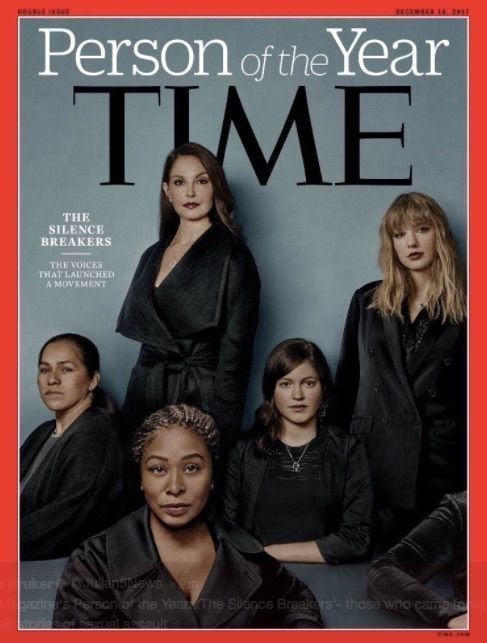
“Sometimes he was the only game in town.”
That’s how one talent agent described the power of producer Harvey Weinstein to the New York Times in this week’s bracing expose not exactly on what Weinstein did to women — allegations that flow from demanding sex to rape — but on how he was able to do it for so long.
The answer: most everyone else.
While Weinstein abused women, the Times’ reporting shows the degree to which the power structures in Hollywood turned those around Weinstein and the women into enablers of vary degrees of willingness.
His assistants, in one grotesque detail, bought penile injections for his erectile dysfunction. Journalists, in another telling example, signed movie deals with Weinstein while ostensibly covering him objectively.
“I’m Harvey Weinstein,” he warned people. “You know what I can do.”
The Times’ piece is important not because its conclusion is surprising — Weinstein of course had to manipulate others and rely on his powerful position to keep business flowing despite his predation — but in the minutiae it exposes of the calculated calls people make when their own interests are on the line, and they’re being asked to look the other way.
It is tempting to judge every co-conspirator in the Times’ piece as morally bankrupt. But to blame them solely as individuals is to ignore the greater system at the heart of the Weinstein story. It’s not about him, per se, it’s about power. It’s about the system of power — what we’ve long been calling systemic sexism.
This is important not just because Weinstein might go to jail and some women might be vindicated. It is important because the broad strokes of the story are readily applicable to uncountable other realities — hence the unending pile-up of surfacing allegations in countless industries — whether the predator is a millionaire or just your boss, or perhaps, a politician.
Like, say, Roy Moore or Donald Trump. Or Al Franken or John Conyers. In all these stories, you can see that men who’re alleged to assault women — and in Moore’s case, teen girls — have had a great, wide safety net to fall back on.
It includes whatever power levels they have at their disposal, but also: women’s own embarrassment and self-doubt; the general societal acceptance that men always want sex, and thus can’t be helped; the general societal assumption that sexual harassment and abuse are commonplace and therefore the norm, or commonplace and thus too hard to fight — and why? Because those who benefit from believing the accused or looking the other way will do so. And often times that’s a lot of people.
Right now, in Moore’s case, it’s the White House, the Republican National Convention and Alabama voters who agree with Trump that a Democrat who’s not been accused of being a peodophile is worse for them than a Republican who has. When it was Bill Clinton in the ‘90s, it was Democrats making that blurred-lines call.
The the truth is, they’re not wrong. It is often better for me, personally — who has my job on the line or my reputation or my beliefs or my own slice of power — not to fight sexism while my own fortunes hang in the balance.
That is why changing the system is so hard. We’ve built our lives within its very architecture.
This week, when Time magazine announced its “2017 Person of the Year” goes to the women and men using #metoo on social media, it underlined the depth of systemic sexism: You deserve the most coveted annual American magazine cover for daring to speak out against it.
